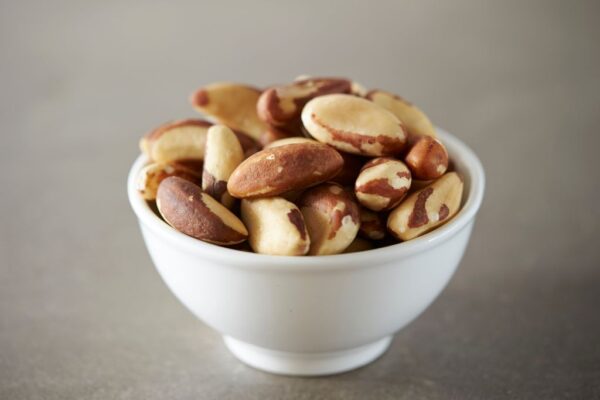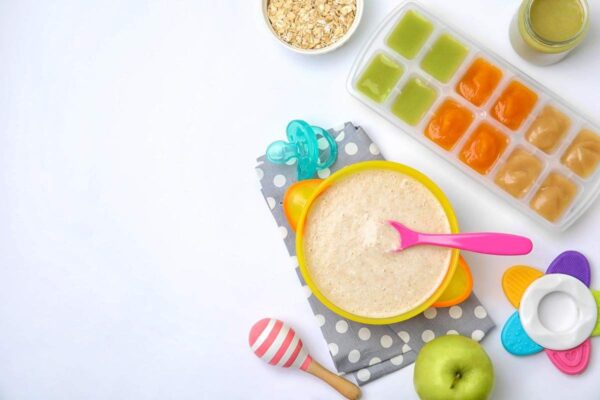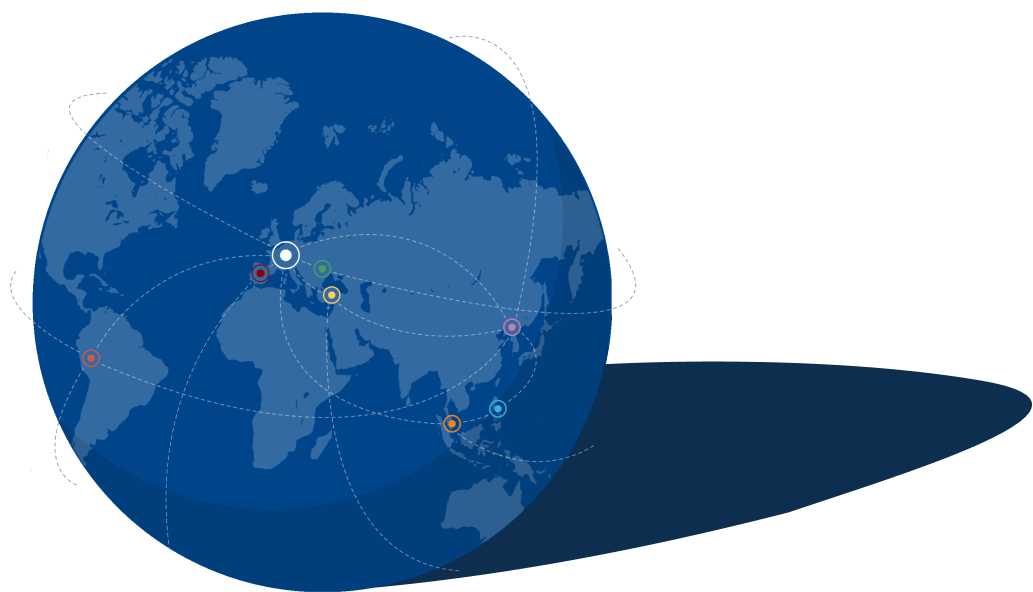Chlorate in Food

Residues of chlorate are detected in various food commodities, also in frozen products or ready-to-eat carrots. Authorities and industry are searching for possible sources for this contamination of food. Treatment of drinking water with chlorine containing agents is common all over the world and was identified as a possible source. Further pathways of the contamination are not yet fully clarified. The CVUA Stuttgart (Chemisches und Veterinäruntersuchungsamt) describes a further possible pathway: chlorinated water which was used for washing vegetables and fruits.
Application
Chlorates are the salts of chloric acid, which is used in pyrotechnics, for bleaching of paper and for tanning leather. Chlorates are also effective as plant protection agents (herbicides) and disinfecting agents (biocides), however, application as such is not authorised anymore. Chlorate may be present as a by-product in authorised chlorine containing disinfectants for drinking water production. Sodium hypochlorite solution for example contains up to 5.4 % of sodium chlorate (by reference to free chlorine / active chlorine).
Registration
In Germany, herbicides with the active substance sodium chlorate were authorised until 1992. Since 2010, the application of chlorate containing pesticides is prohibited in the EU. Relevant residues stemming from former applications can be ruled out. No chlorine containing substances for use as disinfectant are authorised as food additives.
Current Legal Background
In June, Efsa has published a statement in which toxicological maximum limits for the acute and chronic risks of chlorate in food were deduced. According to EFSA, a tolerable daily intake (TDI) of 3 µg/kg body weight is considered harmless. The interim values based on the risk assessment of the German Federal Institute for Risk Assessment (BfR), are revoked by the Federal Ministry for Food and Agriculture (BMEL).
Until maximum limits are valid for the whole EU, food should be controlled according to art. 14 of the basic regulation (EC) No. 178/2002 for safety. For this purpose, EFSA has deduced a maximum quantity for daily intake (acute reference dose ARfD) of 36 µg/kg body weight, which is to be applied without any variability factors.
The BMEL expects the EU commission to set specific maximum limits in the near future to minimise chronic exposition to chlorate.
For baby food, a maximum residue limit of 0.01 mg/kg for ready-to-eat food products is still applicable, irrespective of the source of the residue.
Analysis
The determination of chlorate and perchlorate at GALAB is carried out using a single residue method with LC-MS/MS detection. With our analytical method we safely determine chlorate in fruits, vegetables and juices with a limit of quantification of 0.01 µg/kg.
Links
This might also interest you
Parameters & Analytical Methods
-
State-of-the-Art Analysis
We constantly update our spectrum of parameters to the latest developments in the food analysis sector and offer state-of-the-art analytical methods for the safety of your products.
-
Comprehensive multi-methods
We are constantly expanding our range of services in order to be able to guarantee you a comprehensive range of analyses. We offer multi-methods for mycotoxins, dioxin analysis or molecular biological analysis for GMOs and allergens. The GALAB Pesticide500Plus® multi-method can even be used for difficult matrices such as spices and herbs.
-
Constant development
If you cannot find the parameter/analysis you are looking for here, please do not hesitate to contact us. Our research and development department implements your requirements and specifications cost-efficiently and with a high quality standard.
-
Quality Policy
GALAB Laboratories has implemented a quality management system to allow for optimum service for their customers. It is our goal to establish close relations to customers by customer satisfaction. Therefor quick reactions to customers’ specific needs as well as considerations for quality demands of the market are necessary. We strive to provide comprehensive and professional advice to our customers. Learn more
Get in touch, we will help you.






